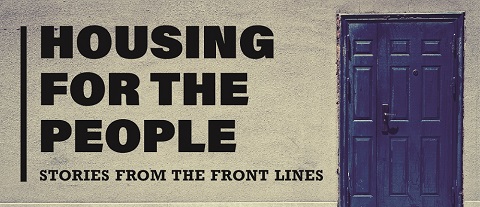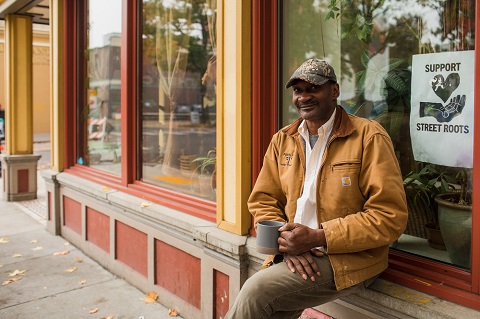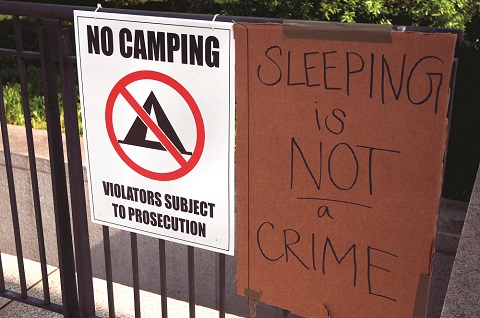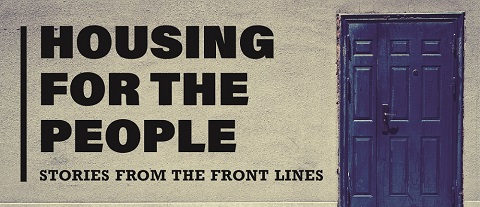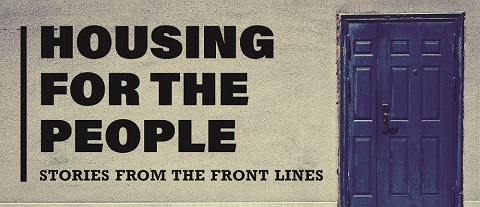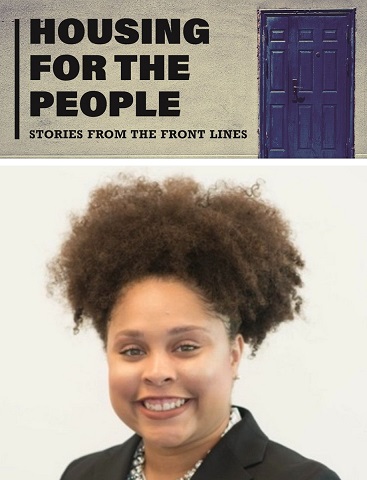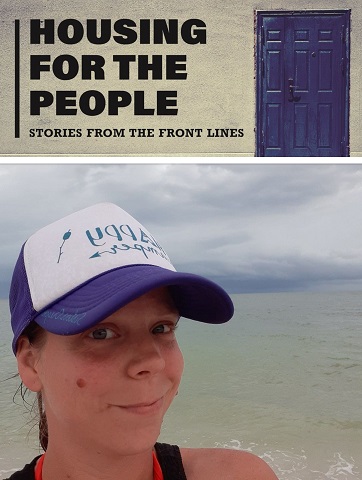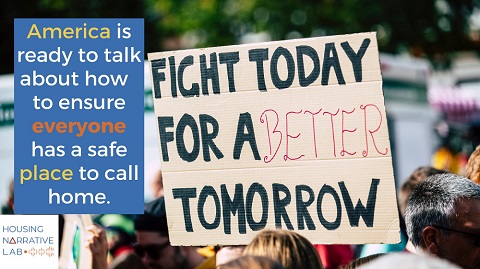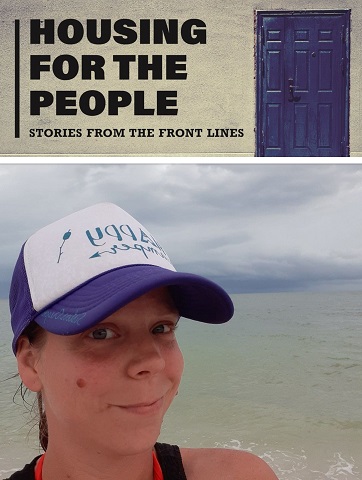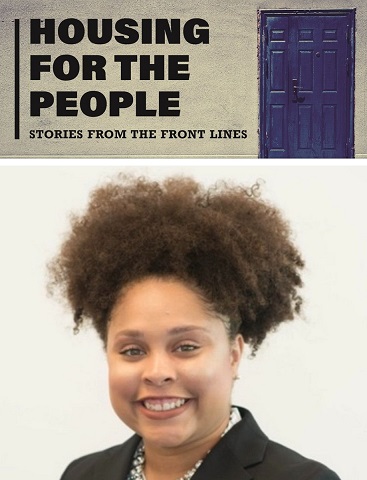By Christina Bacher, Draussenseiter
Andreas is pleased as punch. He is holding a key in his fist and his face is beaming. “It opens the door to my home,” says the 51-year-old proudly, and points to the narrow tiny house made of wood which he received as a gift from Sven Lüdecke in early December. Just like that. Dressed in a boiler suit, with a neat beard, Andreas says, “It was my birthday and Christmas present at the same time.”
Since he got his home, the Cologne native has lived with his dog Bella, a German-Belgian sheepdog, in a tiny house made of wooden pallets and laminated wood, somewhere on the shore of the Rhine. He can finally sleep through the night after months of being homeless. He does not mind at all that his new home is only 1.60 meters high, 2.60 meters long, and 1.40 meters wide.
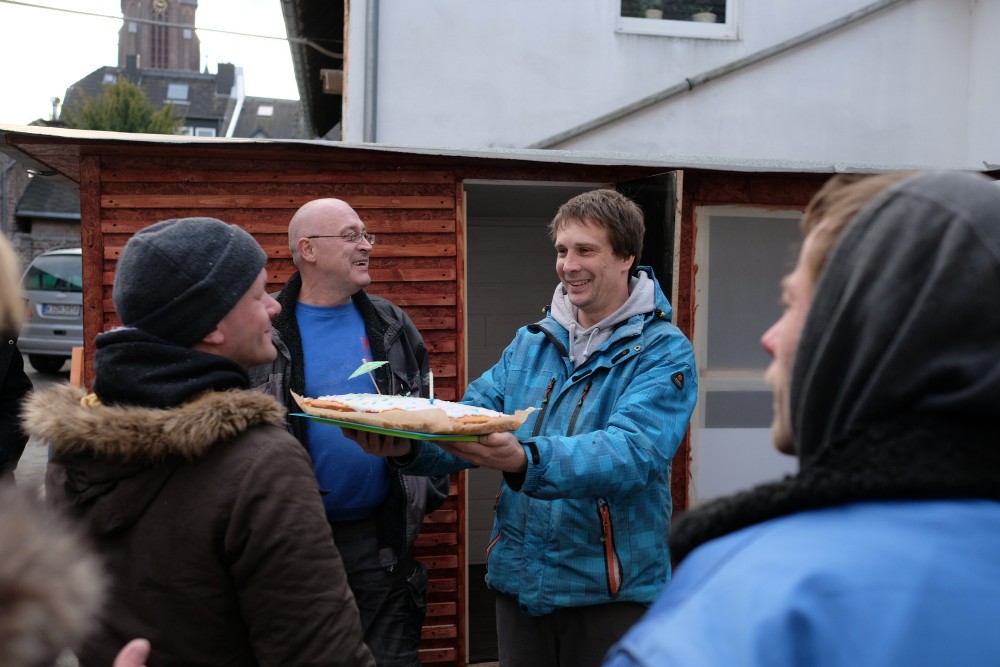
“To me, it is more than just a place to sleep that locks. It’s really great that I can now leave my stuff here during the day and no longer need to cart it around when I have appointments at government offices,” he says. Andreas returned to Cologne last summer after wandering for 18 years. Not too long ago, he felt as if the world had forgotten him. And then this happened. He keeps shaking his head in disbelief. A wooden house.
Although it has no permit for where it is located and is only semi-tolerated by the city, it is a start — and something to fend off the cold weather that would otherwise chill him to the bone.
Just a few months ago, nobody, not even Sven Lüdecke himself, would have thought that this crazy idea would even get off the ground. However, there was a very similar story from New York, where the interior architect Gregory Kloehn made waves with his Homeless Houses made of bulky refuse, initially only meant as art installations.
Lüdecke saw a film about the American, who has now released how-to tutorials on the internet for anyone who wants to build these houses. “I remember thinking: ‘I want to do that too.’ And so I got myself a few pallets and the necessary tools,” says Lüdecke.

He is certainly a man of action. The first tiny house was ready to be picked up in September 2016. Today, it is located at Breslauer Platz, a square near the train station. But nobody knows for how much longer.
Andreas came to Cologne last summer. One of the first places he visited was the OASE [‘Oasis’], an organization for the homeless on the right bank of the Rhine. There, he was offered not only a warm meal, but also a locker for his backpack and a postal address. These were the first steps towards a more regulated daily routine and also his first efforts at starting a new life.
“Andreas came to us on his own. This is a good sign that someone could be helped over the long term,” says Ingo Leis, a social worker in the OASE, who also provided the homeless man with assistance in bureaucratic matters. “The most important thing is that these people regain their trust and confidence, and in doing so develop realistic ideas for the future. And that’s something we have managed to do for Andreas!” Like other organizations in Cologne, the OASE offers a place to live for a certain period of time, both in its own building in Porz and in residential projects in downtown Cologne. “There is a waiting list, but it’s not impossible to get a place,” says Leis, who also manages the social workers taking care of the people in these apartments. “What’s important is remaining in contact.”
Andreas’ willingness to cooperate and his desire to get his life back on track were some of the reasons why Sven Lüdecke considered the skilled painter and varnisher as a possible recipient of one of his tiny houses. “I let my gut feeling decide who gets a tiny house. We now have a waiting list of more than a hundred people, but not all of them are willing to help out with the construction. But that’s a prerequisite for me,” says Lüdecke, a full-time photographer who is frequently on the road and can only work on the project on weekends. Sometimes, he even uses his leave for Little Home Cologne to ensure that “things keep moving forward”.
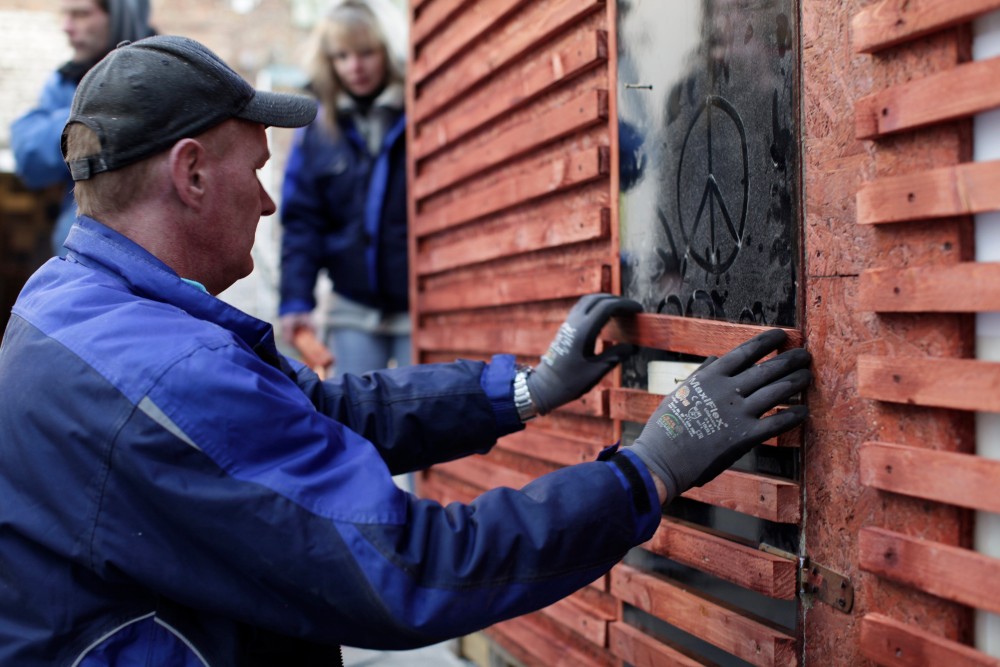
“Yeah, I’ve noticed that it keeps getting bigger and bigger. Because we are now also receiving donations which we urgently need for raw materials and meals, we have decided to found an organization,” Lüdecke explains. He currently also has another construction project: on his own land, he is having a barn converted into a living space. In a few weeks, this is where four homeless people will get a roof over their heads — in an arrangement resembling a shared residence.
Andreas is also on the list of candidates for a room. But what will happen to his tiny house? Will it remain empty on the banks of the Rhine? Or will it be passed on to someone else? There are more than enough interested candidates. “Andreas gets to decide. It’s his home after all,” chuckles Sven Lüdecke.
However, for the city of Cologne, the whole situation appears to be more of a sore spot than anything else. Inge Schürmann, spokesperson for the city of Cologne, has pointed out on multiple occasions that these wooden huts are entirely unsuitable for people to live in permanently. As to whether they could be suitable as temporary housing or for the storage of personal effects and property, an application still needs to be submitted in order for this to be determined, as announced the city’s press office in late February.
Rainer Straub, from the construction regulation authority of the city of Cologne, has not yet received any applications. He says these applications are essential in order to officially assess the tiny houses. “As far as can be determined, these structures are installations which need to fulfill the requirements of the Building Code of the State of North Rhine-Westphalia (BauO NRW),” he explains. “Because persons are permanently housed in these structures, they “need to fulfill [the] requirements for residential structures.”
Sven Lüdecke is aware of this. However, he is of the opinion that he does not qualify to submit these applications. “The tiny houses do not belong to me. The applications need to be made by those whose land they are located on. Or those who have received the certificate of ownership and the key,” he argues.
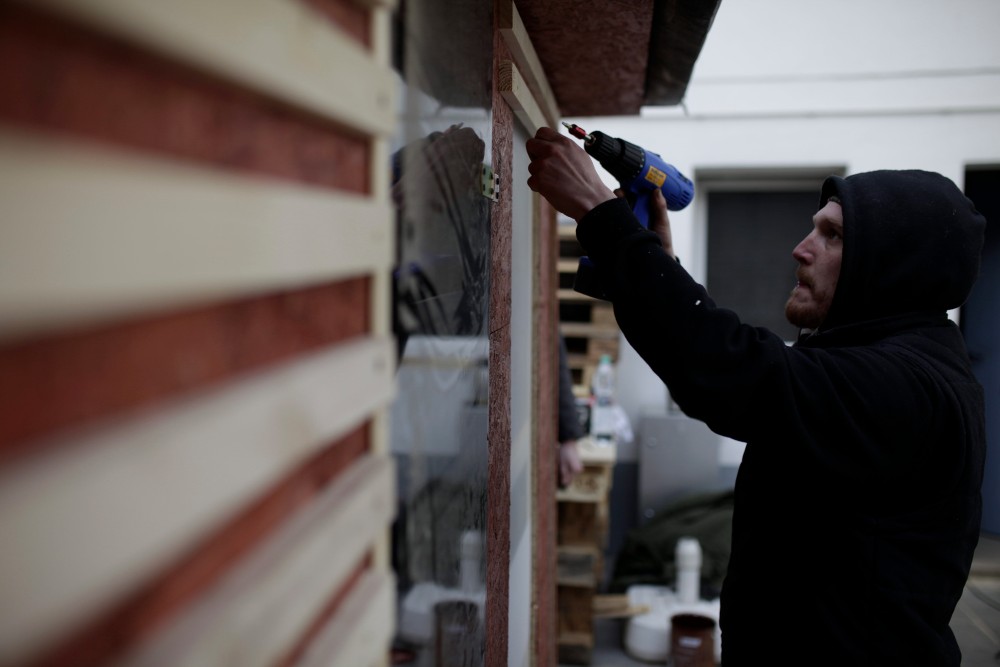
Naturally, he does not want his friends living on the street to get into any trouble. “Of course, I’m not just leaving them to fend for themselves. I help out wherever I can. But I have to take it one step at a time.”
Not so long ago, Lüdecke had no contact with people living on the streets. He has a demanding full-time job. But one day while traveling, he noticed how a homeless woman was simply thrown out of a train station, just like that. Suddenly he had the idea of helping those who had no one to represent their interests. Is it necessary to have a degree in social work to do so? Does this mean that you can only help if you have spent years building networks and contacts? Must you have a good relationship with the construction regulation authority and the city administration? Or is it sufficient to have a hammer, wood, technical skills, and a little faith?
Lüdecke is disappointed that even those who work for Cologne homeless aid organizations are skeptical of the project. He understands their arguments and knows that 12 tiny houses cannot change the world. It is true that the people receiving them are all chosen arbitrarily, and that he can only help small numbers of people. But does that make what he is doing wrong?
People in Berlin are more enthusiastic about what Sven is doing. In the German capital, Lüdecke immediately found a partner in Diakonie, a charitable organization that was interested in permanently installing nine tiny houses on a piece of land belonging to a local church. Discussions with the Berlin authorities have also been smooth sailing. “I learned a lot in the past months. In Cologne, I built the homes first and took everyone by surprise, but in Berlin it’s the other way round. It’s a lot better this way!” Lüdecke admits.
He has received an invitation to meet Harald Rau, Cologne’s Commissioner for Social Affairs, after writing an open letter to Cologne mayor Henriette Reker. At least that’s a step in the right direction. Lüdecke is really pleased about this development, but it is more important that he finishes building the next few tiny houses. The next construction weekend has already been scheduled, and 40 soldiers from the US Air Force have volunteered to help him.
But first, after diligently helping with the construction, homeless man Peter is set to receive his own tiny house. The water for the coffee is boiling, and the helpers in the yard in Cologne-Zündorf are slowly finishing their day’s work. After driving the last nail into the wood, Sven Lüdecke solemnly hands over the certificate of ownership and the key for the new tiny house to the previously homeless man. Just a few moments ago, he was homeless, but now he owns his very own home. He can hardly believe it.

He hesitates, smiles, and looks bashfully at the crowd. “That one’s mine?” He points at the house. Lüdecke nods. “Yup, it’s yours. Where do you want it?” The transportation of the tiny house is also part of the deal.
There’s also a surprise in store for Andreas today. Soon, he will receive a room in the new residential community and in doing so become next-door neighbors with his friend Patrick, who was also previously homeless.
Sven Lüdecke beams, despite the fact that he must be tired after such a busy day. He has accomplished a great deal. And he has made at least two people very happy today — not including himself. “I already have everything I need. And I would like to give others a bit of what I have,” he smiles. “But it’s not always as easy as I originally thought!”
If you’d like to support the project, you can contact Sven Lüdecke on Facebook: https://www.facebook.com/Sven.Luedecke
Translated from German to English by Jia Wei Chan






